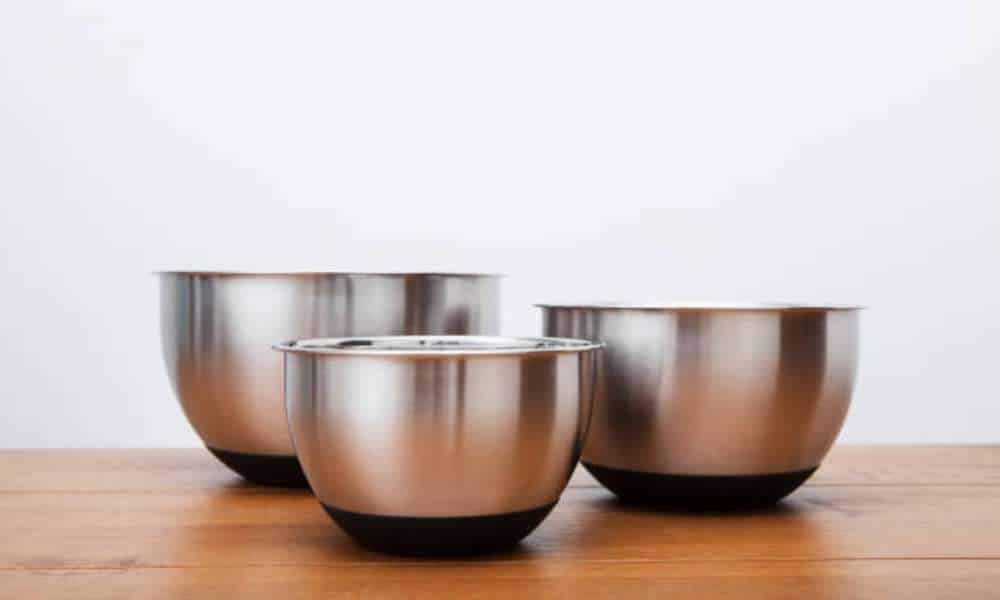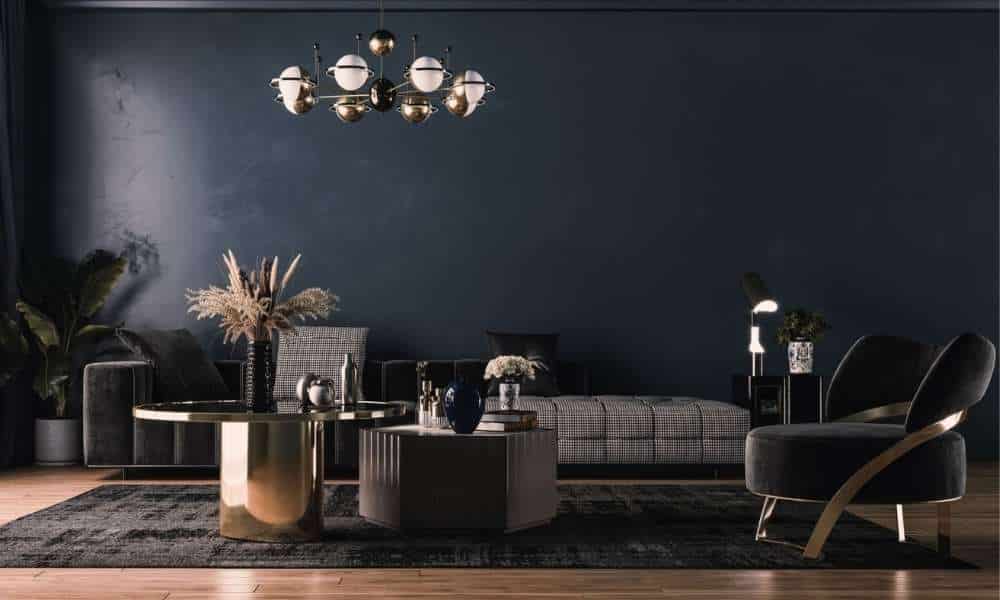As we embark on this exploration, we will unravel the mysteries behind what makes mixing bowls such an indispensable tool for chefs, bakers, and home cooks alike. Beyond just holding ingredients for mixing or blending, these vessels serve as multifunctional workhorses in the culinary realm. Whether it’s whipping up a batch of fluffy pancakes, tossing together a vibrant salad dressing, or marinating succulent meats for grilling – mixing bowls are there every step of the way. Join us on this journey as we shed light on the countless ways in which these unassuming utensils elevate our cooking experiences to new heights.
Types of Materials
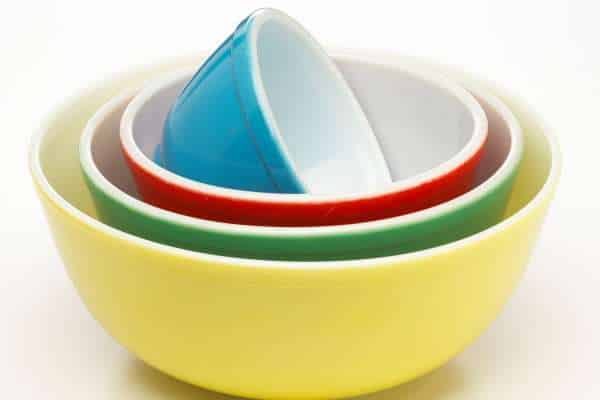
Glass mixing bowls are durable and resistant to odors and stains, making them a popular choice among home cooks. They are also microwave and oven-safe, allowing for easy heating and melting of ingredients. Stainless steel bowls are lightweight, easy to clean, and resistant to rust and corrosion. They are ideal for blending acidic ingredients and can also be used for double boiling. Ceramics are known for their aesthetic appeal and are often used for serving dishes due to their elegant appearance. However, they can be fragile and may chip or crack if mishandled. Plastic is lightweight, affordable, and comes in a variety of colors, making it a great option for everyday use. However, they may retain odors and stains over time and are not suitable for use with hot ingredients.
Various Sizes and Shapes Available
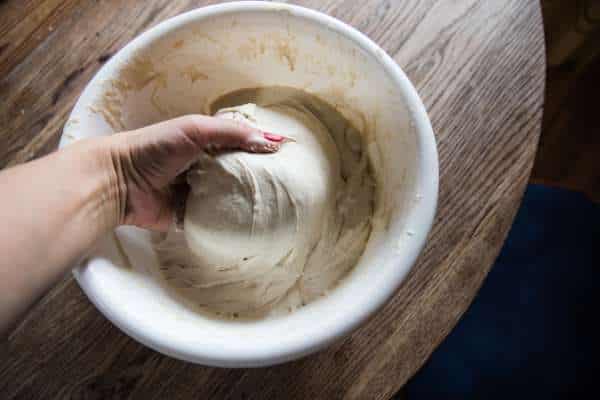
They are available in a range of sizes and shapes to suit different needs and preferences. Small Blending bowls are ideal for whisking eggs, making dressings, and holding small quantities of ingredients. Medium are versatile and can be used for mixing batters, tossing salads, and marinating meats. Large is perfect for mixing doughs, holding large quantities of ingredients, and serving dishes at parties or gatherings. It also comes in various shapes, including round, oval, and rectangular, allowing for easy stacking and storage in kitchen cabinets.
Mixing and Preparing Foods

Mixing bowls are essential for mixing and preparing a wide range of foods, from baking cakes and cookies to tossing salads and marinating meats. They provide ample space for combining ingredients and allow for easy blending and blending. With non-slip bottoms and pour spouts it is even easier to mix and pour ingredients without making a mess. Additionally, lids are convenient for storing leftover ingredients or transporting dishes to potlucks or picnics.
Serving and Displaying Foods
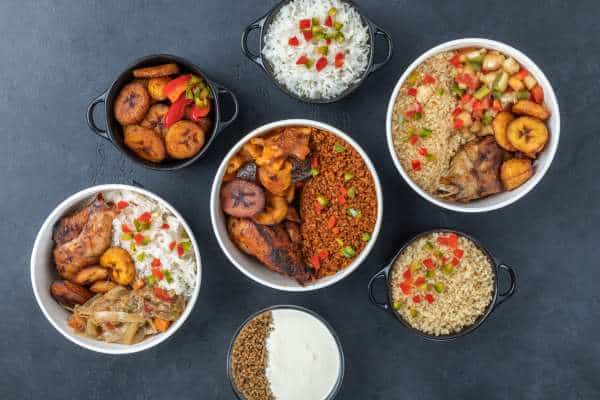
In addition to mixing and preparing foods, It can also be used for serving and displaying dishes. Ceramic bowls, in particular, are great for serving salads, pasta dishes, and side dishes at dinner parties or family gatherings. Their elegant designs and vibrant colors add a touch of sophistication to any table setting. Glass can also be used for serving desserts, fruits, and snacks, while stainless steel is perfect for serving soups, stews, and sauces.
Storing Leftovers
Mixing bowls with lids is not only convenient for storing leftover ingredients but also for storing leftovers after meals. They provide an airtight seal, keeping food fresh and preventing odors from spreading in the refrigerator. Glass and stainless steel bowls are particularly well-suited for storing leftovers, as they are both durable and resistant to odors and stains. Plastic is also suitable for storing leftovers but may not provide as secure of a seal as glass or stainless steel bowls.
Tips for Choosing the Right Mixing Bowl
When choosing a mixing bowl, it’s important to consider factors such as material, size, and additional features. Glass bowls are durable and microwave-safe, while stainless steel blending bowls are lightweight and resistant to rust and corrosion. Ceramics are aesthetically pleasing but may be prone to chipping or cracking. Plastic is affordable and comes in a variety of colors but may retain odors and stains over time. It’s also important to choose the right size blending Bowl for your needs, whether you’re whisking eggs or blending dough. Additionally, look for bowls with non-slip bottoms, pour spouts, and lids for added convenience.
Benefits of Owning Mixing Bowls
Owning offers numerous benefits in the kitchen, including versatility, convenience, and ease of use. It can be used for a wide range of tasks, from mixing and preparing foods to serving and storing leftovers. They come in various materials, sizes, and shapes to suit different needs and preferences. Glass bowls are durable and microwave-safe, while stainless steel bowls are lightweight and resistant to rust and corrosion. Ceramics are elegant and perfect for serving dishes, while plastic is affordable and comes in a variety of colors. With their versatility and convenience, They are a must-have tool for any home cook.
Learn the simple and effective method to clean your microwave using vinegar. Eliminate stubborn stains and odors with this natural, quick, and eco-friendly cleaning hack.
Conclusion
From whisking ingredients to marinating meats and mixing batters, these essential kitchen items play a crucial role in food preparation. Their different sizes and materials make them suitable for various tasks, providing convenience and efficiency to cooks of all levels. Understanding the importance of using the right mixing bowl for different recipes can significantly enhance the quality of your culinary creations. So next time you’re in the kitchen, remember to reach for the appropriate mixing bowl to elevate your cooking experience.
